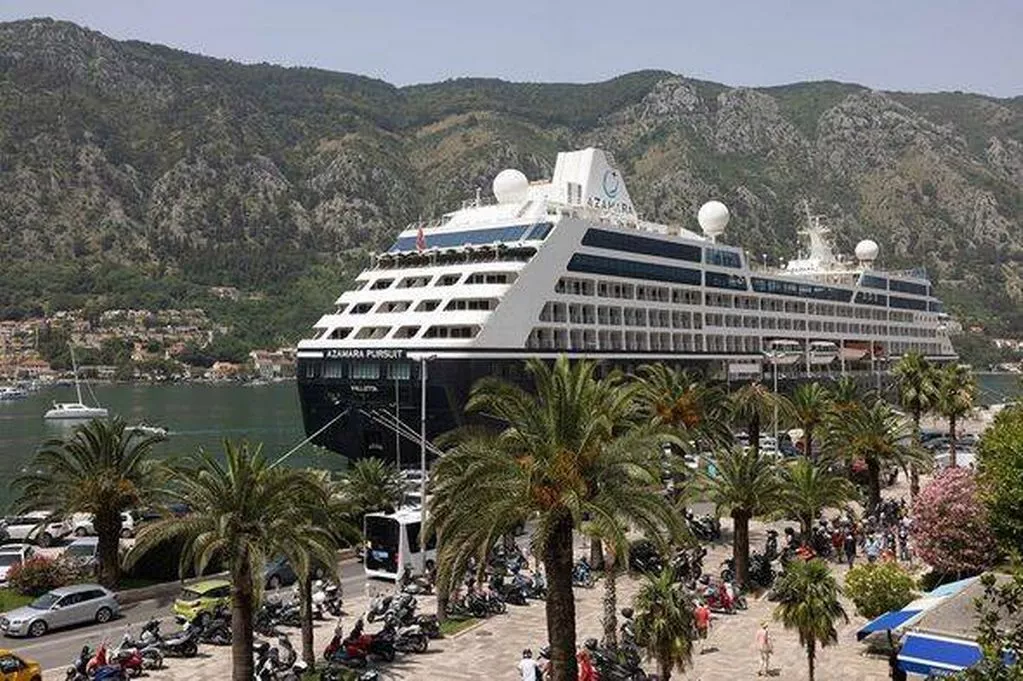Kotor: A Jewel on the Adriatic Coast
Kotor, a picturesque coastal town in Montenegro, has captured the hearts of many travelers, rapidly becoming a top tourist destination. However, the surge in visitor numbers presents a double-edged sword, showcasing the beautiful architecture and breathtaking scenery while simultaneously raising pressing concerns over environmental sustainability and community welfare.
The Allure of Kotor
Sitting serenely on the Adriatic coast, Kotor boasts stunning natural landscapes alongside its rich historical heritage, including numerous expertly preserved medieval structures that have earned it UNESCO World Heritage Site status. The town is nestled against the dramatic backdrop of limestone cliffs near Mt. Loven and features charming narrow streets and ancient churches, all of which establish a unique sense of place.
An Influx of Tourists
Over the past decade, Kotor has experienced a considerable rise in tourists, primarily driven by an influx of cruise ships. Last year alone, there was a notable increase of approximately 500 cruise ship arrivals, flooding the town with holidaymakers seeking to explore its beauty. On peak days, upwards of 5,000 cruise ship tourists have descended upon Kotor, creating a ratio of tourists to locals that poses significant challenges for the community, which has just 23,000 residents.
Environmental Concerns
This steady increase in visitation is taking a toll on Kotor’s marine and terrestrial ecosystems. The local sewage facilities are reportedly straining under the weight of increased demand, with residents and environmentalists alike expressing concern over the potential damage to local biodiversity. Experts, including Milica Mandic from Montenegro’s Institute of Marine Biology, have stressed the urgent need for studies to determine the maximum environmental load that Kotor can bear under such tourist pressure.
Economic vs. Environmental Impact
Despite the economic benefits of tourism, which includes job creation and local business support, the environmental costs are becoming increasingly undeniable. The UN’s GEF Adriatic Project notes that while the population growth in Montenegro is modest, the massive influx of tourists creates immense pressure on local resources, infrastructure, and the environment. As the tourism industry thrives, locals are grappling with the reality that their daily lives are becoming increasingly challenging during the high tourist season, leading to public protests and discussions about regulating tourist numbers.
The Local Perspective
Kotor’s tourism director, Jovan Ristic, has voiced the worries of many residents, noting that life in the area is growing more difficult each year as tourism escalates. There is a growing consensus among local stakeholders that strategies need to be implemented to manage tourism sustainably—such as introducing limits on cruise ship capacities or increasing entrance fees for tourists. These measures may ease the strain on infrastructure while ensuring that both residents and visitors can enjoy the town.
Tourism in a Broader Context
Kotor is not alone in facing these challenges, as many tourist hotspots across Europe have experienced similar issues concerning overcrowding and environmental degradation. This trend emphasizes the need for a more balanced approach to tourism, one where the local community’s needs are respected alongside the economic benefits that tourism can bring.
Innovative Solutions
As the situation evolves, the road ahead for Kotor hinges on its ability to adapt and innovate. Stakeholders are exploring sustainable tourism practices, including eco-tourism and the promotion of local culture and history. Engaging tourists in meaningful ways that respect Kotor’s unique attributes will be essential in ensuring long-term sustainability.
Conclusion
At the end of the day, the experience of visiting Kotor cannot merely be defined by numbers. While the surge of visitors continues to bring economic vitality, it also necessitates a conversation about protecting the local environment and the well-being of residents. Organizations like LocalsRide.com play a pivotal role in this narrative by offering personalized transfer services that put the needs of travelers and communities at the forefront, helping to reduce congestion while providing transparency in transportation options.
In summary, Kotor’s remarkable journey through growth and challenge is a reflection of broader global trends affecting tourism. As local communities desire to keep their identity intact while sharing their spaces with the world, tools for responsible travel and transfers become invaluable. With a ride booked through LocalsRide.com, the opportunity to contribute positively to local economies and reduce carbon footprints is just a click away. So, for your next visit to Kotor, consider how you can book your ride responsibly while enjoying all this stunning destination has to offer. Get the best offers on LocalsRide.com!

